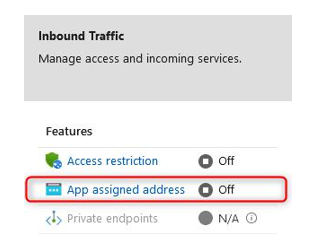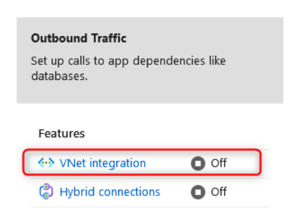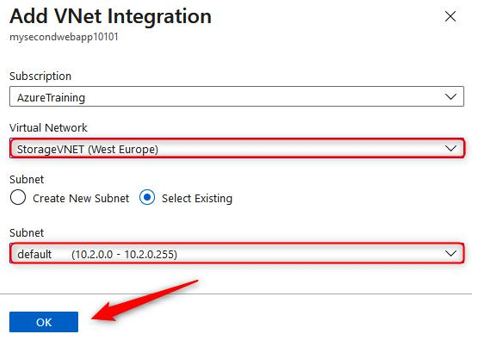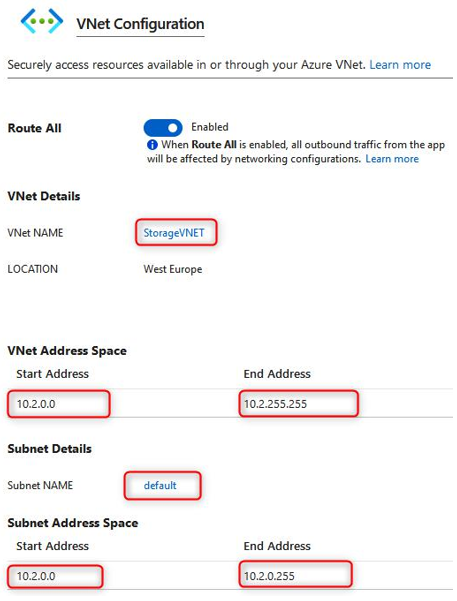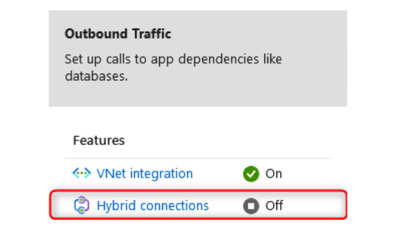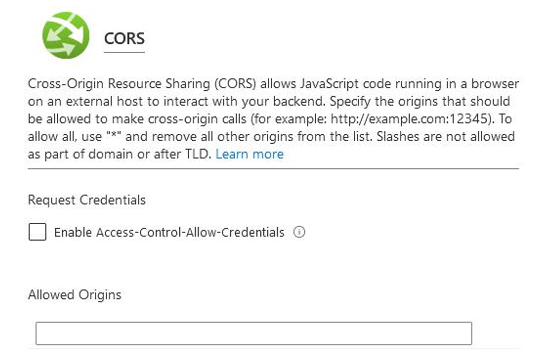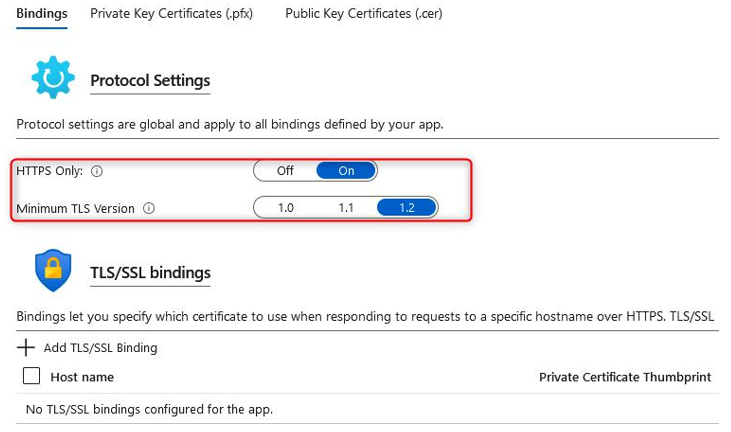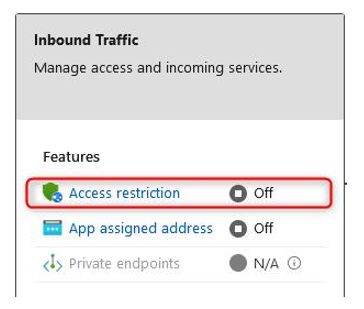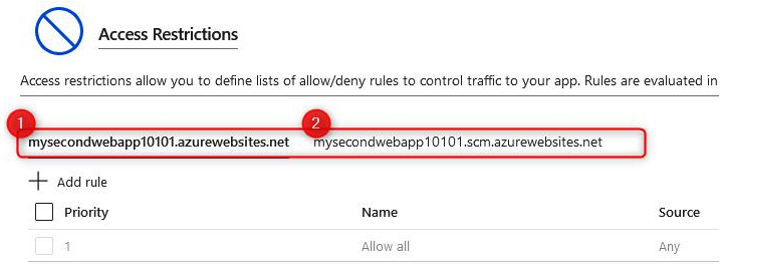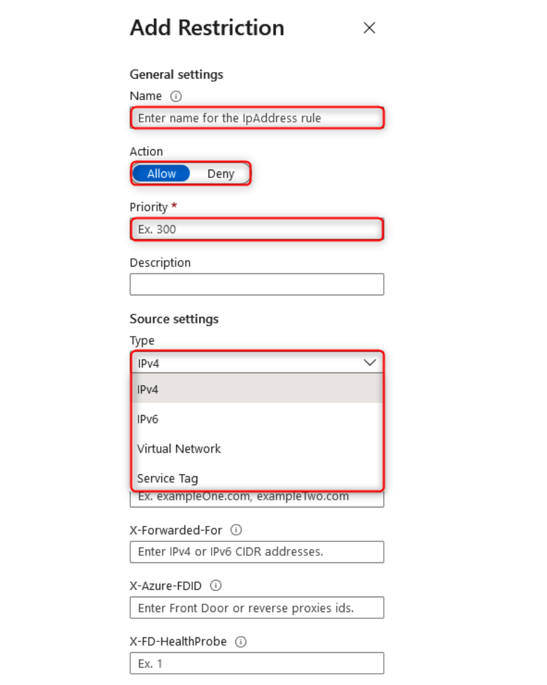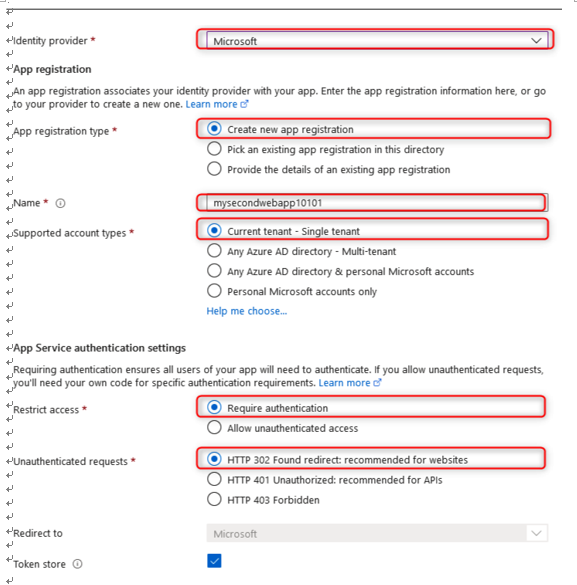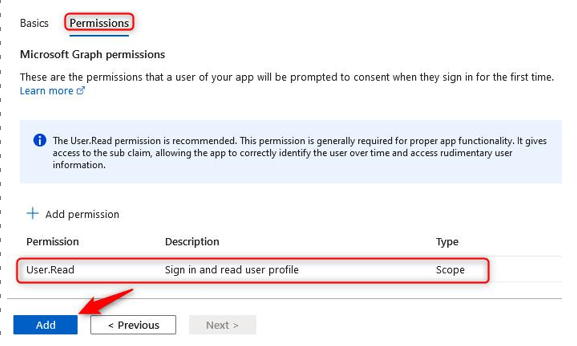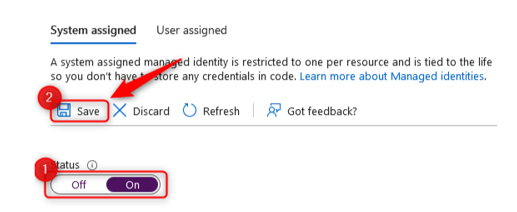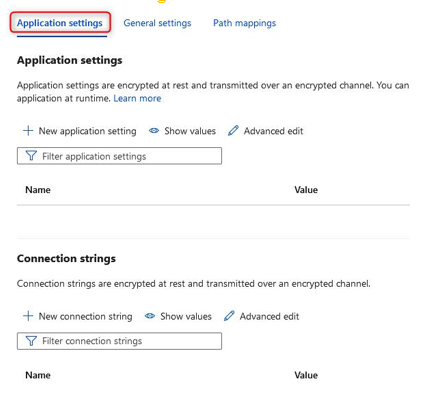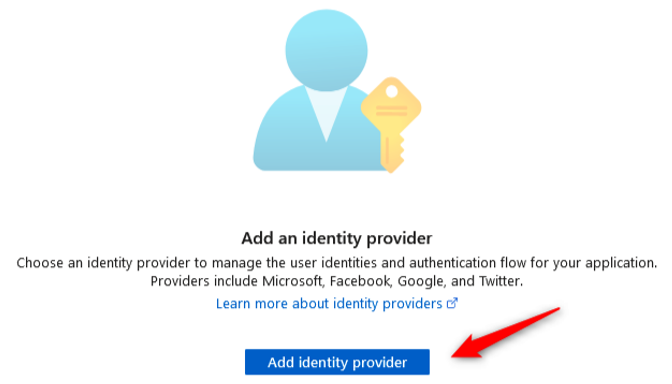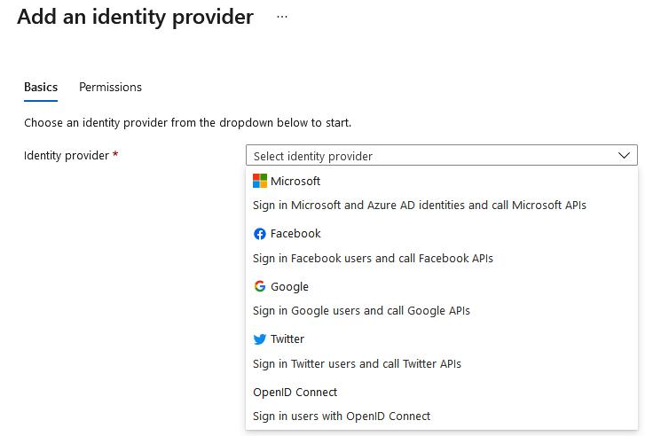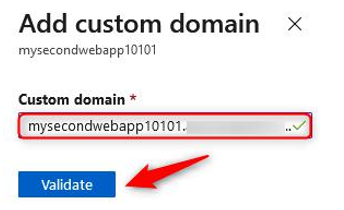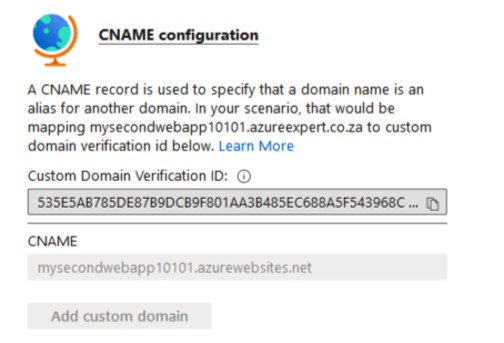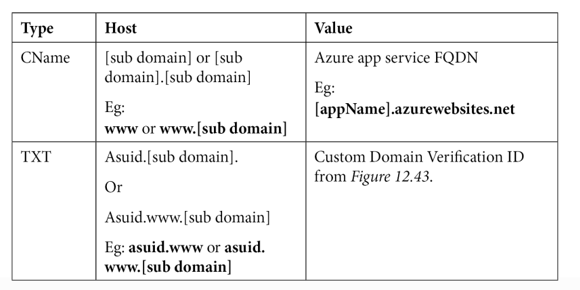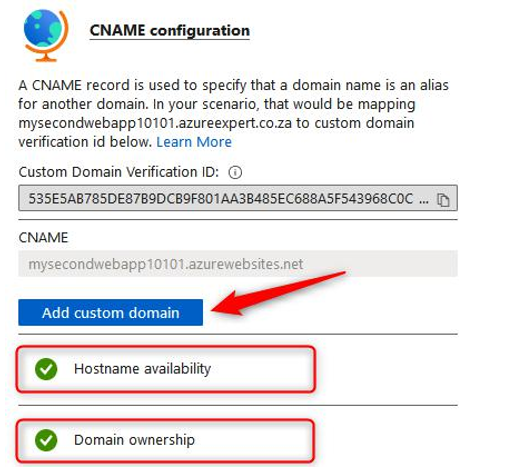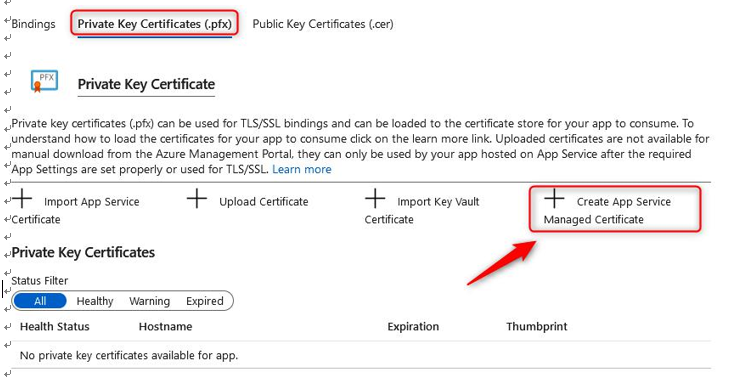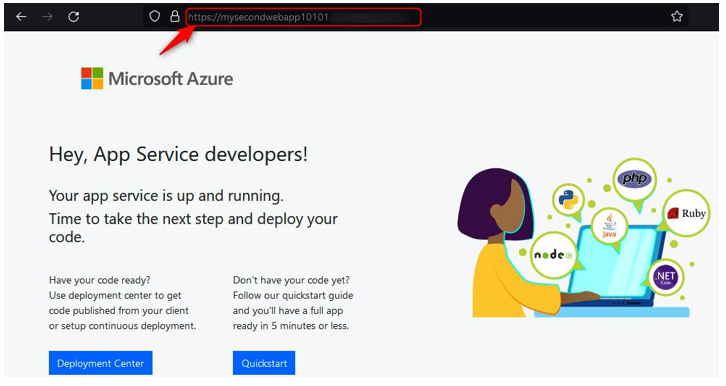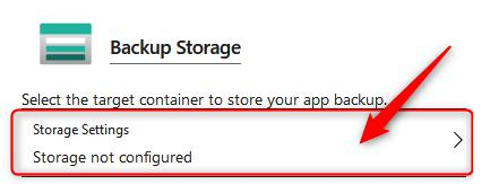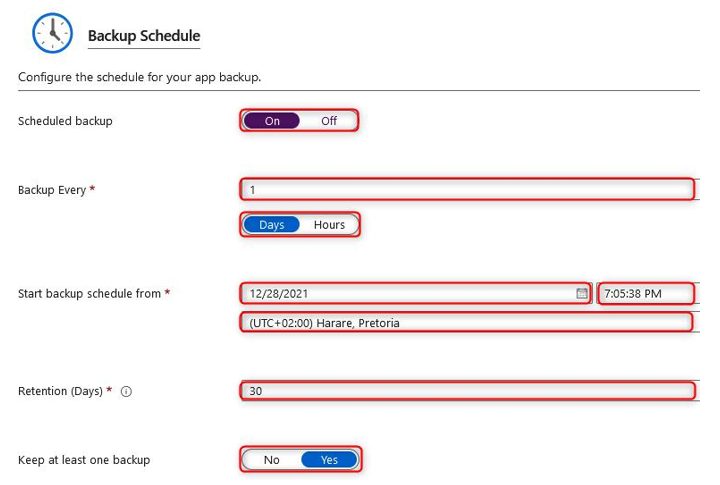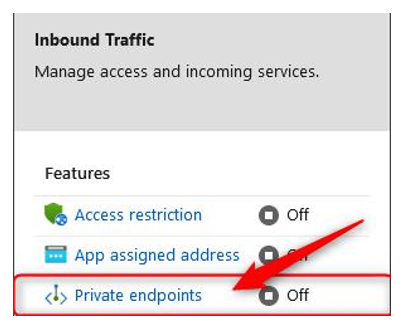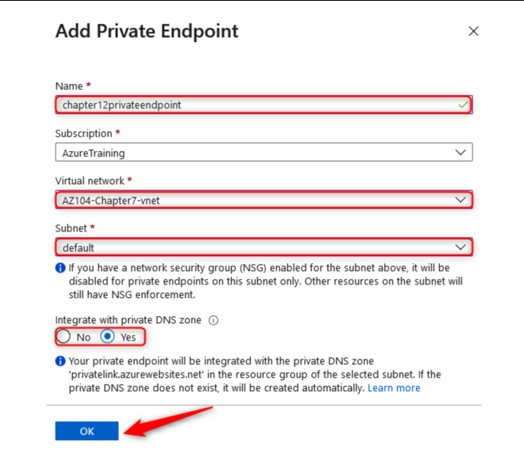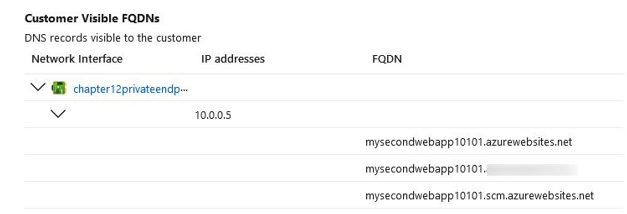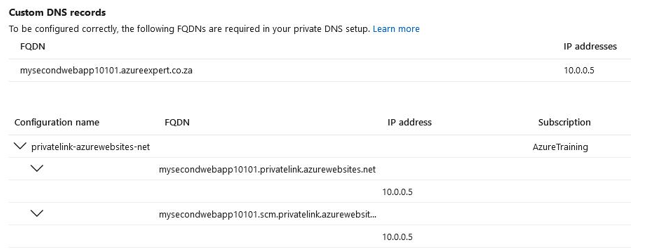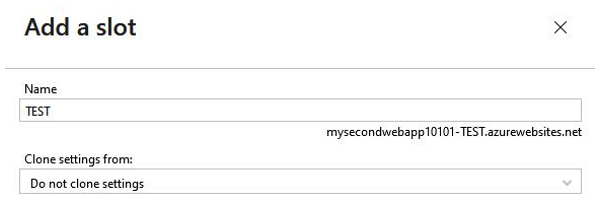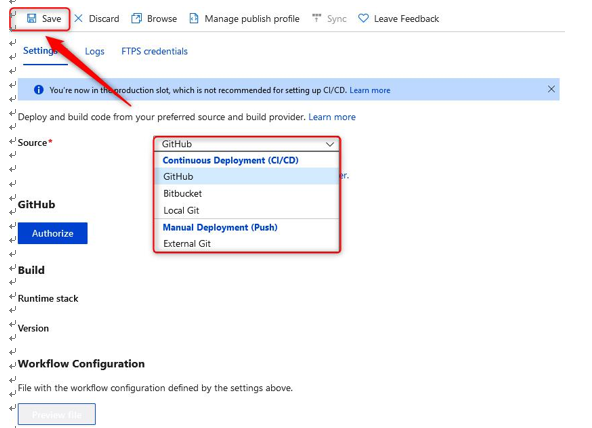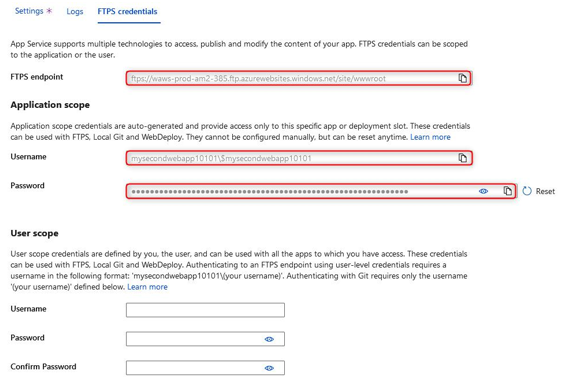Mar 1, 2023
PowerShell scripts – Creating and Configuring App Services
PowerShell scripts
Please ensure that the Az module is installed, as per the Technical requirements section at the beginning of this chapter.
Here, we are going to create an App Service plan and Web Apps service via PowerShell.
To do so, follow these steps:
Note: Change the parameters to suit your requirements
- First connect your Azure account using your credentials Connect-AzAccount
- Parameters
$ResourceGroup = “AZ104-Chapter12”
$Location = “WestEurope”
$SubscriptionId = “xxxxxxx”
$WebAppName = “mysecondwebapp10101”
$AppServicePlanName = “mylinuxappserviceplan10101”
- If necessary, select the right subscription as follows Select-AzSubscription -SubscriptionId $SubscriptionId
- Create a resource group for the Availability Set as follows
New-AzResourceGroup -Name “$ResourceGroup” -Location “$Location”
# Create an App Service Plan for Linux
New-AzAppServicePlan -Name $AppServicePlanName -Tier Standard -Location $Location -Linux -NumberofWorkers 1 -WorkerSize Small -ResourceGroupName $ResourceGroup
# Create a Web App
New-AzWebApp -Name $WebAppName -ResourceGroupName $ResourceGroup -Location $Location -AppServicePlan $AppServicePlanName
Just as you did previously, you can browse to the web application’s URL and see the same screen you did prior. With that, you have just completed your first few web application deployments to Azure using the Web Apps service. You should now feel confident in deploying web applications when required in Azure, either through the portal or through PowerShell. Next, you will learn how to scale your applications.
Configuring the scaling settings of an App Service plan
In this exercise, you will configure the scaling settings for the App Service plan you created previously. Recall that we mentioned that there are two different types of scaling options you can choose from. Horizontal scaling (Scale out in the application menu) refers to the number of app services that have been deployed, while vertical scaling (Scale up in the application menu) refers to the size of the VM hosting the web app service. The VM refers to the App Service plan. As you may recall, we have the option to choose an SKU and size when we deploy that refers to the specifications for the App Service plan that we would like to have. First, we will explore Scale up:
- Navigate to the App Service plan you worked on in the previous exercise.
- From the left menu blade, underSettings, click Scale up (App Service plan).
- You will be presented with a screen containing different SKU sizes that you can choose from. The top bar represents the category that identifies the SKUs that are suitable for the type of workloads you will be deploying, such as dev/test and production.
The Isolated environment is a more secure environment that deploys a set of resources that are isolated from the shared server environment you typically consume from; this will cost more to deploy as you will be the only one utilizing the server resources you are looking to consume for the applications in your service plan. Select Dev / Test and then select B1 as the SKU size. Note that the bottom part of the screen will display the features and hardware that are included related to the SKU you’ve selected. Also, note that under the SKUs, you have the option to See additional options. Click Apply:

Figure 12.12 – Scale up
More Details
